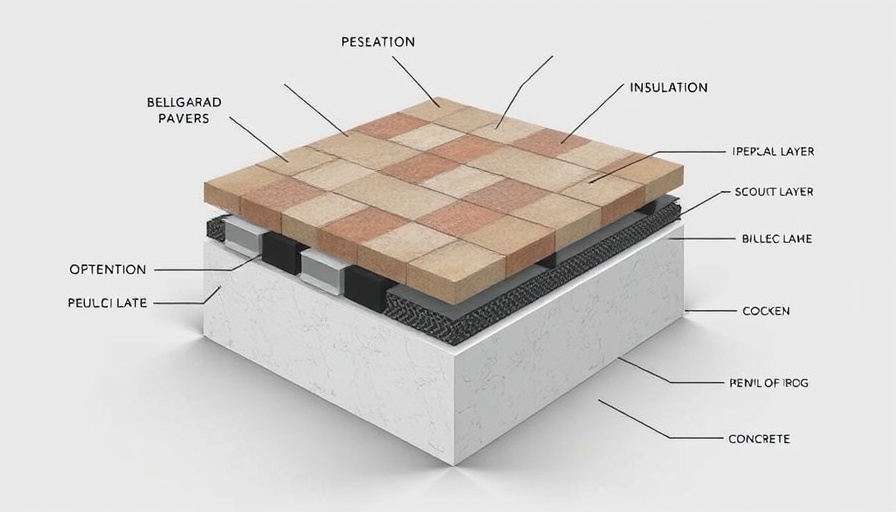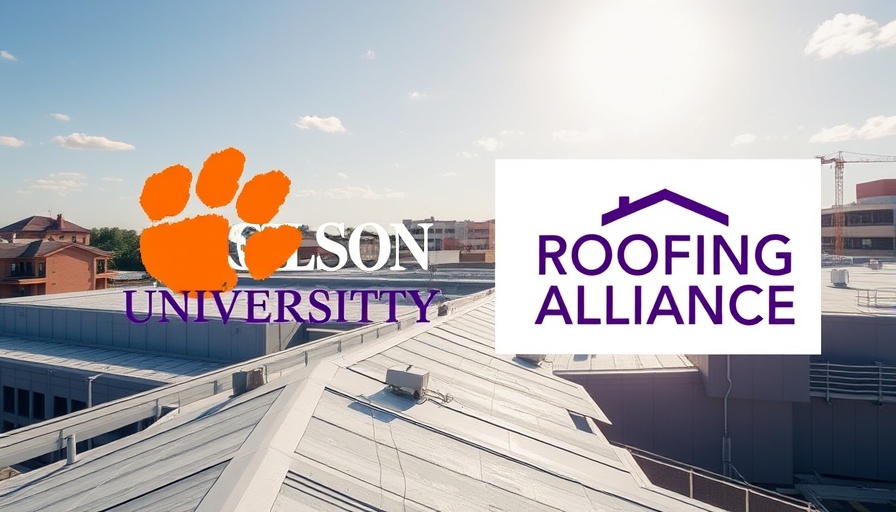
Understanding the Crucial Role of Roofing Accessories
When it comes to roofing, the details often determine longevity and performance. Roofing accessories, though seemingly minor components, serve roles that can either enhance or jeopardize the integrity of a roof. Business owners, property developers, and facility managers need to be aware of the critical mistakes often made during the installation of these accessories. By avoiding these pitfalls, you can ensure a durable and efficient roofing system.
4 Common Roofing Accessory Mistakes to Avoid
Identifying and rectifying common errors with roofing accessories can save significant costs in repairs and replacements. Below are four prevalent mistakes that can lead to bigger issues:
- Neglecting Proper Material Choice:Your choice of materials for roofing accessories should align with the specific characteristics of the roofing system in place. Using incompatible materials can lead to premature wear and tear.
- Improper Installation of Drip Edges: A missing or incorrectly installed drip edge can lead to water damage, compromising the roofing structure and impacting the aesthetics of your property. It's essential to ensure that these components are properly installed to direct water runoff away from vulnerable areas.
- Skipping the Use of Leak Barriers: In many critical junctions, such as valleys and around penetrations like vents and chimneys, a leak barrier is vital. Neglecting to install these protective layers can create paths for water intrusion, leading to extensive damage over time.
- Overlooking Fastener Placement: Any roofing project requires a careful approach to fastener placement. Misplaced fasteners can expose your roof to leaks, causing serious structural issues.
Future Trends in Roofing Accessibility
As sustainable practices become central to construction, roofing technologies are adapting to meet these demands. More businesses are turning to reflective materials and sustainable accessories that improve energy efficiency and reduce overall costs. Those looking to invest in roofing should focus on innovations that promote sustainability, not only enhancing roof resilience but also aligning with broader environmental goals.
Practical Tips for Business Owners and Facility Managers
To avoid common roofing mistakes, business stakeholders should consider the following actionable insights:
- Invest in Quality: High-quality materials may come with a higher price tag, but they typically yield lower long-term costs due to their durability.
- Consult with Professionals: Engaging with experienced roofing contractors can prevent DIY mishaps. Proper training and continuous education for those installed roofing accessories can make a significant difference.
- Regular Inspections: Scheduling regular maintenance checks helps identify wear and issues before they escalate into more significant problems.
Emotional Impact on Investment
A well-constructed roof does more than provide a physical shield for a property; it represents the security and peace of mind of owners and occupants. Knowing that you've invested wisely in quality materials and installation techniques protects not only your financial interests but also the safety and comfort of those who use the building.
 Add Row
Add Row  Add
Add 




Write A Comment